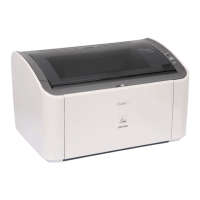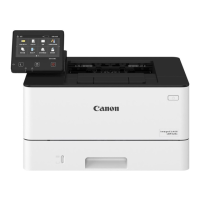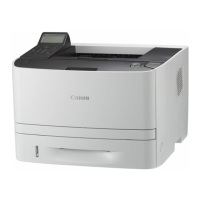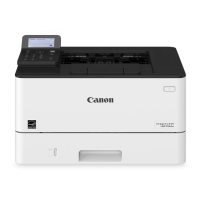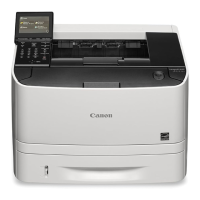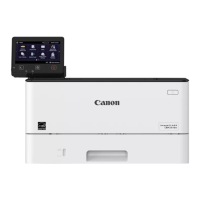HTTP://WWW.FIXCLUB.COM.CN
Chapter 2
2-7
F-2-6
Latent Image Formation Block
In this block, a latent static image is formed on the surface of the photosensitive drum.
step 1:Å@primary charging, in which the surface of the photosensitive drum is charged to a uniform negative potential.
step 2:Å@laser beam exposure, in which a latent static image is formed on the surface of the photosensitive drum.
2.Å@Development Block
In this block, toner is deposited on the static image formed on the surface of the photosensitive drum, thus turning it into a visible image.
step 3:Å@development
3.Å@Transfer Block
In this block, the toner image on the surface of the photosensitive drum is moved to print paper.
step 4:Å@transfer, in which the toner image is moved form the surface of the photosensitive drum to print paper.
step 5:Å@separation, in which the print paper is detached from the photosensitive drum.
4.Å@Fixing Block
In this block, the toner image is permanently fused to the print paper.
step 6:Å@fixing
5.Å@Drum Cleaning Block
In this block, the residual toner left on the photosensitive drum is removed for collection as waste toner.
step 7:Å@drum cleaning, in which residual toner is removed from the photosensitive drum.
2.4.1.3 Latent Image Formation Block
0008-0103
This block consists of 2 steps during which a static image is formed on the surface of the photosensitive drum.
At the end of the last step in this block, the area of the drum surface not exposed by the laser beam retains negative charges (dark area), while the area
exposed to the beam is rid of negative charges (light area).
The drum image formed by negative charges in this way is not visible to the human eye, hence the name "latent image."
F-2-7
step 1:Å@primary charging
6.Fixng
3.Developing
ixing block
ransfer block
5.Separation
4.Transfer
7.Drum cleaning
Developing block
Drum cleaning
block
Electrostatic
latent image
formation block
2.Laser beam exposure
Paper delivery
1.Primary charging
Paper path
Direction of drum rotatio
Pick-up
0
-100
-500
Time (t)
Surfacepotential (V)
Exposed
area
Laser
beam
exposure
(step 2)
Transfer
(step 4)
Primary
charging
(step 1)
Primary
charging
(step 1)
Unexposed
area
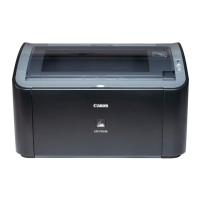
